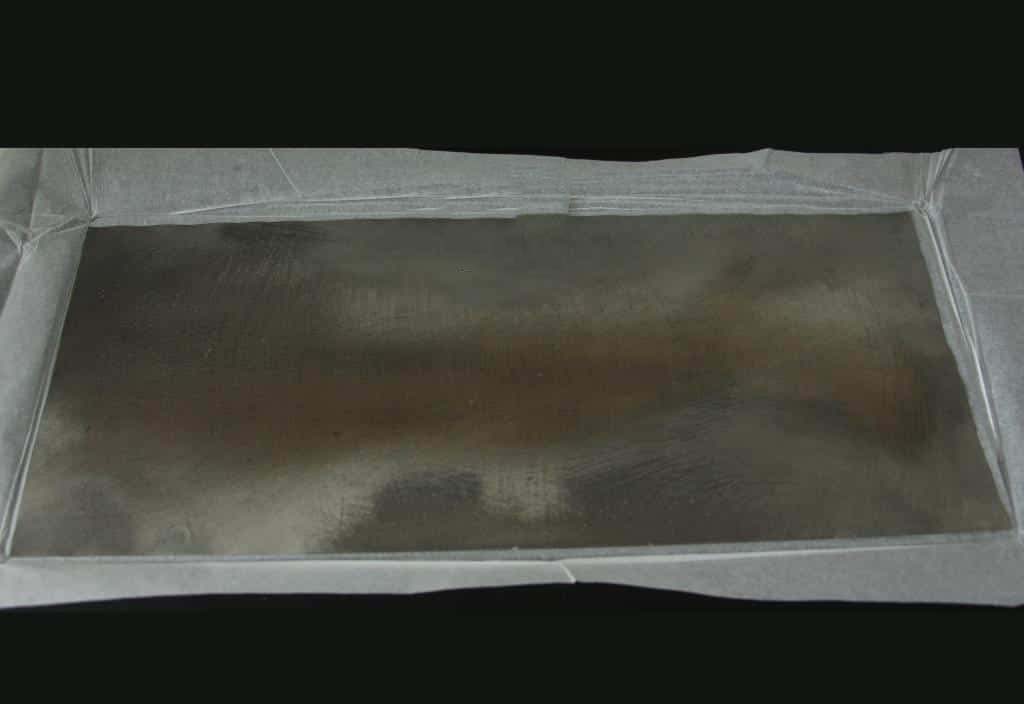The vast majority of single rare earth metals and their intermediate alloys are used to produce new rare earth metal materials such as neodymium iron boron, samarium cobalt permanent magnet, and super magnetostriction and non-ferrous metal alloys such as AI-RE, Mg-RE, Cu-RE, Zn- RE, W-RE, Mo-RE, etc. In addition, there are a few rare earth metal applications that use some special properties to prepare functional materials.
Neodymium metal, praseodymium and praseodymium neodymium alloy
Neodymium has the hard-magnetic properties caused by the good 4f electron spin arrangement and has become the largest user of neodymium iron boron permanent magnet materials. In recent years, the global neodymium iron boron materials have developed rapidly, and the large application of neodymium metal in neodymium iron boron permanent magnet materials has driven the rapid development of the rare earth industry. In addition, neodymium metal as an alloy additive has good purification, modification and alloying effects on many non-ferrous metal alloys. Adding 1.5%-2.5% neodymium to magnesium or aluminum alloy can improve the high-temperature performance, airtightness and corrosion resistance of the alloy.

Praseodymium is a synergistic element that can improve magnetic properties. Adding an appropriate amount of praseodymium to samarium drill permanent magnets and neodymium iron boron permanent magnets can effectively improve and improve the performance of permanent magnetic materials. Adding part of Pr to SmCo5 to replace Sm can improve the magnetic energy product of water magnetic materials. Adding 5% to 8% Pr to NdFeB, up to 10% can replace 13 neodymium alloy, which can improve the magnet’s oxidation resistance, coercive force and Mechanical properties. The neodymium alloy has become an independent product, which can be used not only in water magnetic materials but also as a non-ferrous metal alloy modification additive.
Dysprosium and terbium
Metal dysprosium and dysprosium iron alloys and metal terbium and terbium iron alloys are used as modifying additives for high-performance NdFeB permanent magnet materials. Adding 2% to 5% of metal dysprosium and lower amounts of metal terbium in the NdFeB magnet It can significantly improve the coercivity and service temperature of NdFeB permanent magnet materials. Dysprosium and terbium are essential elements for preparing rare earth giant magnetostrictive materials (Tb0.3 Dy0.7Fe1.95 alloy, called Terfenol-D). The magneto-optical properties of dysprosium and terbium are used to prepare amorphous thin-film RE-TM high-performance magneto-optical discs with transition metals. Dysprosium metal is alloyed with some nonferrous metals and precious metals, such as a film sputtering target with dysprosium added to a silver alloy, which can be used as a wiring film or a reflective film for flat panel display devices.
Samarium Metal
Samarium metal has excellent hard magnetic properties and is used as the main raw material for the preparation of SmCo5, Sm2Co17, Sm2Fe17Nx permanent magnet materials. The samarium thermal neutron trap has a large cross-section, reaching 650 MPa, and metal samarium is made into rods for controlling the number of thermal neutrons in the nuclear reactor. Samarium as a non-ferrous metal micro-alloying additive such as Cu added Sm to generate SmCu5 intermetallic compounds play a role of micro-alloying, improving the mechanical properties and workability of copper alloys.
Metal lanthanum
The metal lanthanum is active and used as a metal reducing agent. The thermal reduction process is used to reduce other rare earth metals. Lanthanum is also used as a purifying agent and modifier for non-ferrous alloys. It is usually used in the form of a lanthanum intermediate alloy. Lanthanum metal is used to make LaN5i alloy. It is an excellent hydrogen storage material. It can store about 160L of hydrogen per kilogram. It can absorb and release hydrogen. It can be used as a hydrogen purifier to purify hydrogen with a purity of 99.999%. To 99.9999%.
Metal yttrium, cerium, scandium and gadolinium
Metal yttrium and cerium are excellent scavengers and modification additives for nonferrous metals such as magnesium, aluminum, and titanium. Yttrium-magnesium alloy has good high-temperature mechanical properties and excellent high-temperature oxidation resistance and is used as a lightweight structural material in aviation and aerospace. The addition of 0.5%-4% yttrium metal to the iron-chromium aluminum alloy can improve the oxidation resistance of the alloy, and increase the resistivity and high-temperature strength; iron-chromium-aluminum stainless steel containing metal cerium has been widely used as a metal platinum carrier for motorcycle exhaust purification catalysts. Scandium metal is a high-quality modified additive element of aluminum, magnesium and titanium. Adding 0.2%-0.4% Sc to aluminum can significantly improve the high-temperature strength, alloy structural stability, welding performance and corrosion resistance of aluminum alloys. The world has developed a series of aluminum scandium and magnesium scandium alloys with excellent performance, which are ideal aerospace materials. Scandium metal is also used in neutron generators, which can produce high-energy neutrons and is a neutron source for activation analysis and geological prospecting. Gadolinium metal is a more suitable magnetic refrigeration material, and gadolinium and gadolinium intermetallic compounds are used as working materials for magnetic refrigeration. In addition, metal gadolinium and gadolinium-iron alloys have been used as neodymium-iron-boron hydromagnetic materials as additives to replace some of the metal dysprosium, which can not only improve the performance of the magnet but also make up for the lack of supply of metal dysprosium.
